Not only do they eliminate harmful micro-organisms and unpleasant odours, they also clean deep into fabrics, remove the need for masking agents and help to reduce staff absenteeism.
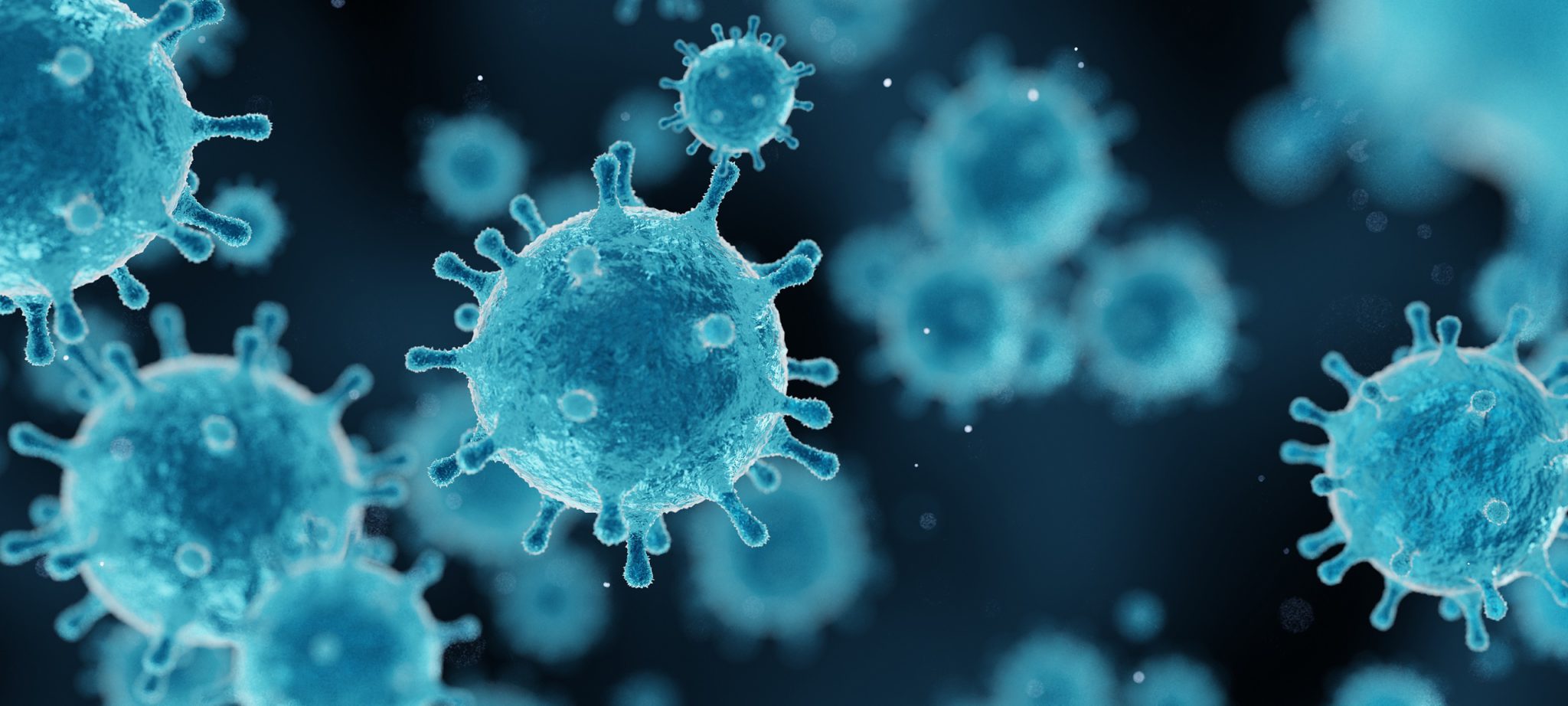
How SteraSpace technology works
The air around us contains micro-organisms, bacteria, viruses, moulds, fungi and volatile organic compounds. Airborne micro-organisms can create offensive odours, spread infections and be responsible for the continued growth of mould.
Standard room cleaning and disinfecting procedures can only offer a temporary solution. As soon as an area is cleaned, the airborne micro-organisms immediately begin to settle, recolonising on the surfaces and increasing odour and infection problems.
One of the main ways that illnesses, including coronavirus, can spread through workplaces is via airborne particles which are then directly inhaled, or can land on surfaces where they colonise and can be transferred into a host via their hands.
Steraspace Air & Surface Sanitisers provide 24/7 infection and odour control by sanitising surrounding air and exposed surfaces.
The units work by combining advanced technologies to emit a flow of disinfecting plasma that’s proven to eliminate 98.11% of airborne and 99.6% of surface micro-organisms.
The plasma provides 24/7 protection by eliminating airborne and surface micro-organisms using a combination of 4 internal and transmitted technologies.
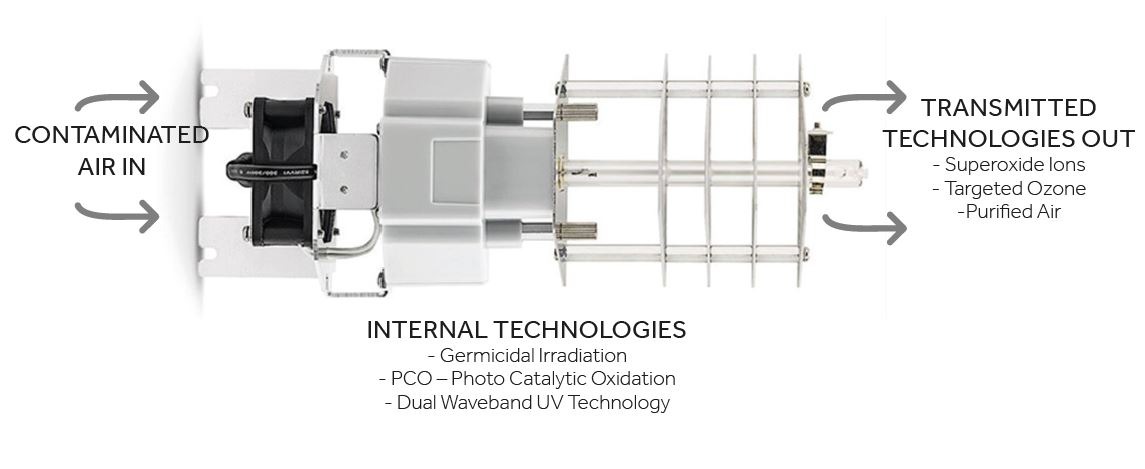
Germicidal UV
As air flows through the plasma chamber and over the UV lamp all micro-organisms in the air are killed/inactivated. The plasma chamber comprises of dual waveband UV lamps at 254nm and 185nm surrounded by nano coated catalytic plates.
Hydroxyl Radicals
As air flows through the chamber the UV light reacts with the titanium dioxide catalysts causing water vapor to be converted to highly reactive hydroxyl radicals (OH).
Superoxide Ions
As air flows through the chamber the UV light reacts with the titanium dioxide catalysts causing a release of free electrons, they bond with oxygen to form superoxide ions.
Ozone
As air flows through the chamber the 185nm UV light reacts with oxygen and forms monatomic oxygen, this then bonds with oxygen to form ozone.
The technologies produced in the plasma chamber act on the virus in different ways
Germicidal UV
Germicidal UV light changes the viruses RNA destroying their ability to reproduce.
Hydroxyl Radicals
Hydroxyl radicals (very strong oxidising agents) cause oxidative damage to the viral particle eventually converting to CO2 and water.
Superoxide Ions
Superoxide ions bond with airborne particles (including micro-organism’s) causing them to sink as they are heavier and become attracted to surfaces beneath.
Ozone
Ozone created by the UV light is a highly diffusive gas and a strong oxidising agent, this diffuses through the lipid coat to damage the viral RNA.
Steraspace efficacy data
The efficacy of SteraSpace technology has been tested by multiple laboratories including Porton Down, Leeds University and SGS, who are all based in the UK.
- Proven to eliminate 92.17% of airborne MS2 coliphage in 5 minutes
- Proven to eliminate 98.11% of airborne Staph. epidermidis in 5 minutes
- Proven to eliminate particles down to 0.0001 microns in size
Beware of suppliers who do not have readily available efficacy data or provide efficacy data from non-certified or non-EU laboratories.
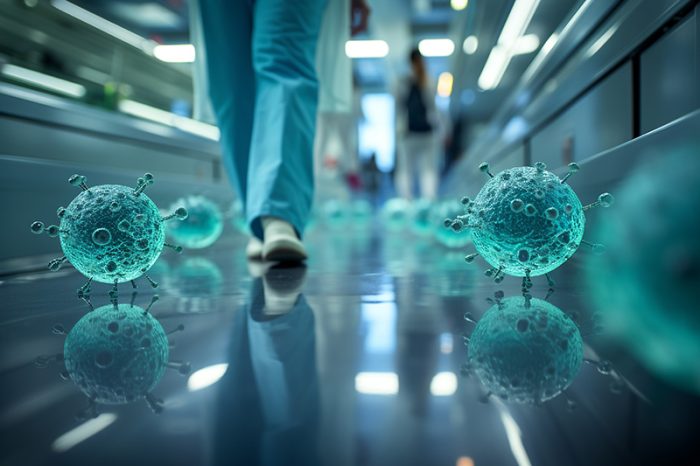
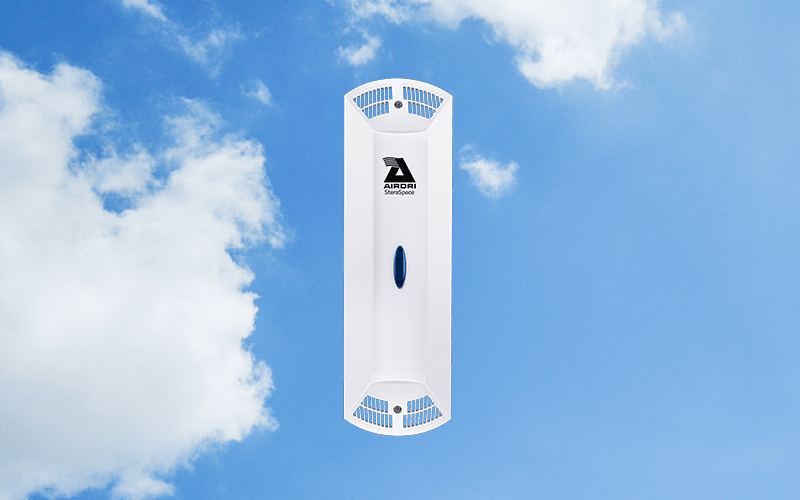
Steraspace sanitisers provide 24/7 infection control for your business.
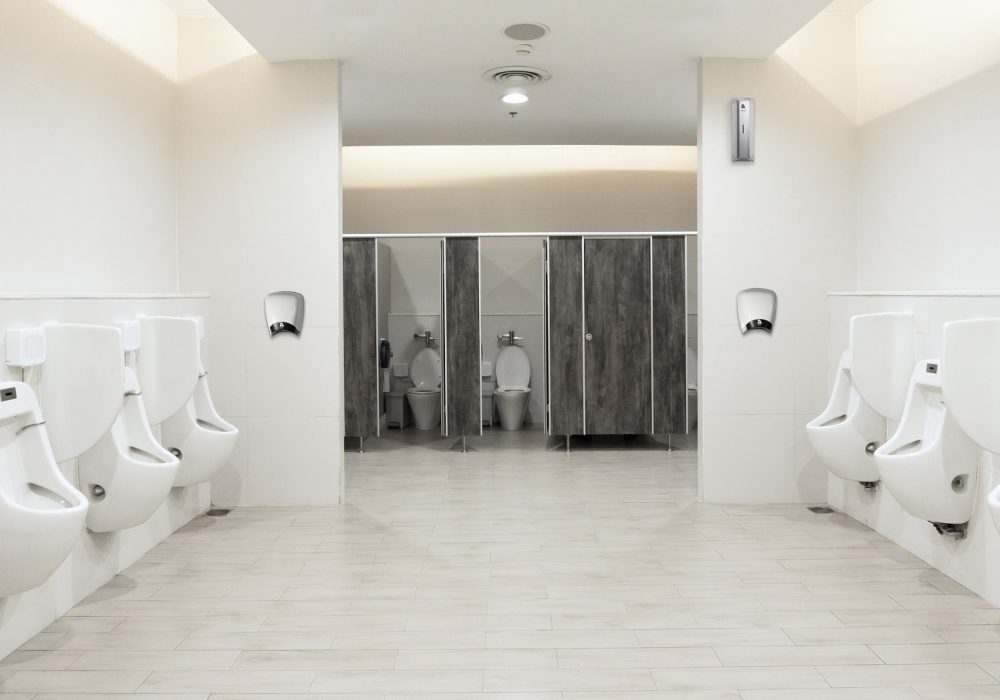
Use our guide to help select the right Steraspace solution
Able to service areas up to 80m2, there are four units in the range suitable for varying environments, from washrooms, to offices, to all areas of care homes.
